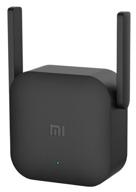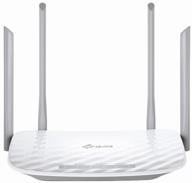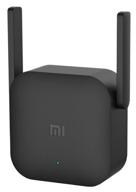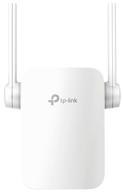
Review on 🚀 TP-Link RE200 Wifi Extender | AC750 Dual Band Wifi Range Extender | Up to 750Mbps | Wifi Signal Booster, Repeater, Access Point | Easy Set-Up | Extends Wifi to Smart Home & Alexa Devices by Adam Fido ᠌

Not the best quality, but generally not bad.
After the Chinese repeater, which had to be constantly reset and reconfigured when the main router was rebooted, I decided to take a branded device. I like the connection quality. Remembers settings. But there is one significant disadvantage: the repeater works in proxy mode and replaces the MAC addresses of devices connected through it with virtual ones. As a result, there is no way to configure access restriction on the white list of allowed MAC addresses on the main router. The repeater setup interface is simple and clear, but the number of options in it is very much reduced (and it is not possible to choose to change the proxy mode). I spent a couple of hours with the settings, but I spat and turned off MAC filtering on the router. The Chinese repeater cost 3 times cheaper and did not do such tricks with addresses. But he had his jambs and did not support 5GHz. And 5GHz is a very useful feature, especially so far no one and the neighbors have it: due to the lack of interference from neighboring routers, it allows you to increase the connection speed even if the main router only works at 2.4GHz. In general, not bad, but expensive, and with their own cockroaches. ADDITION: over-praised - 5GHz fell off in a day (even close to the repeater, the speed drops to 100-400kbps, or even the connection disappears altogether; while 2.4GHz continues to work normally even at a distance from the repeater). About an hour later, 5GHz returned to service again. Strange.
- 5GHz support. Good signal strength. No need to reconfigure after rebooting the main router.
- Changes MAC addresses of devices to virtual ones. Expensive. A day later, it stopped distributing 5G normally (and then it repaired itself).
New products
Comments (0)
Top products in 🔁 Repeaters
Another interesting products
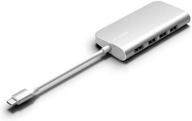
🔌 Juiced Systems Silver BizHUB USB-C Multiport Gigabit HDMI Hub with 3 USB 3.0 Ports, Gigabit Ethernet, 4K HDMI, SD/Micro SD, and USB-C Power Delivery

11 Review
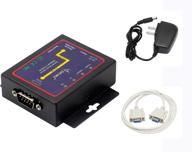
🔌 CERRXIAN RS232 to Ethernet Serial Device Server - TCP/IP Converter with 1Port DB9 RS232 Serial to Ethernet Connectivity

3 Review
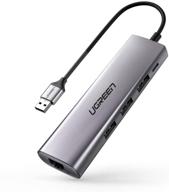
UGREEN USB 3.0 Ethernet Adapter Hub with RJ45: Fast Gigabit Ethernet Converter, 3 Ports USB 3.0 Hub Compatible for MacBook, iMac, Surface Pro, Chromebook, Laptop, PC

11 Review
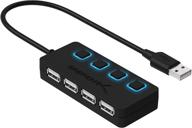
HB-UMLS Sabrent USB 2.0 Hub with 4 Ports and LED Power Switches for Each Port

12 Review


